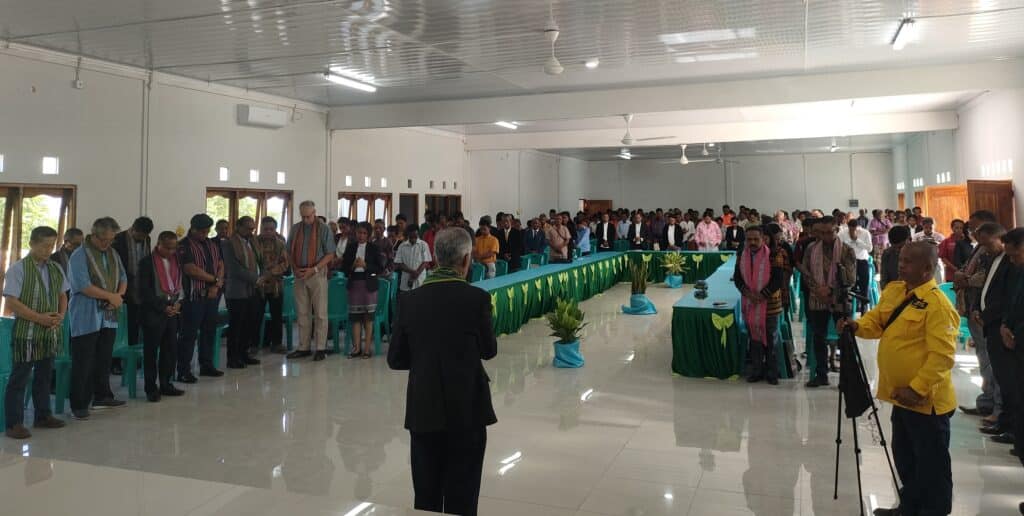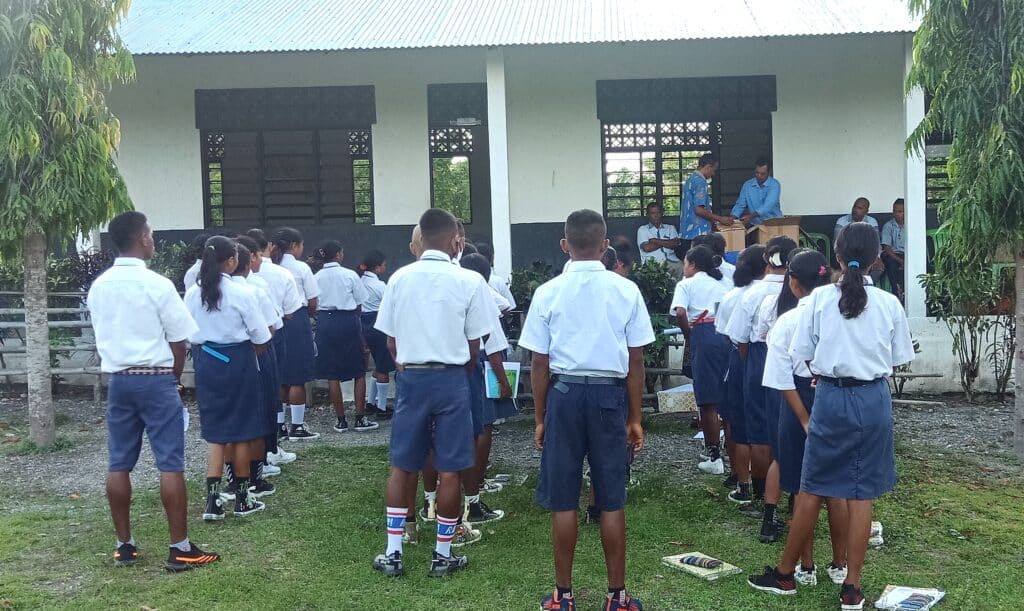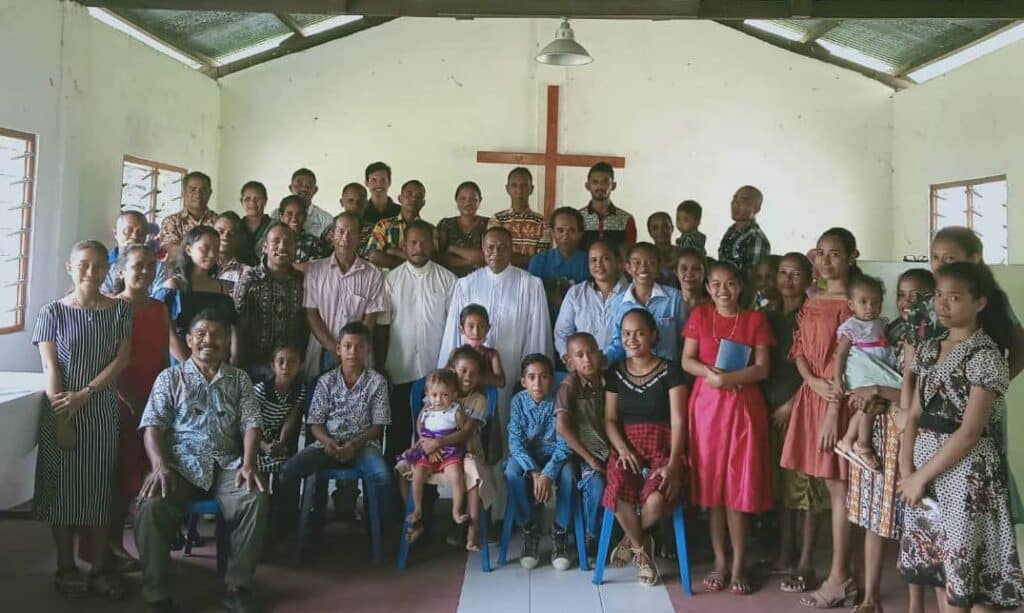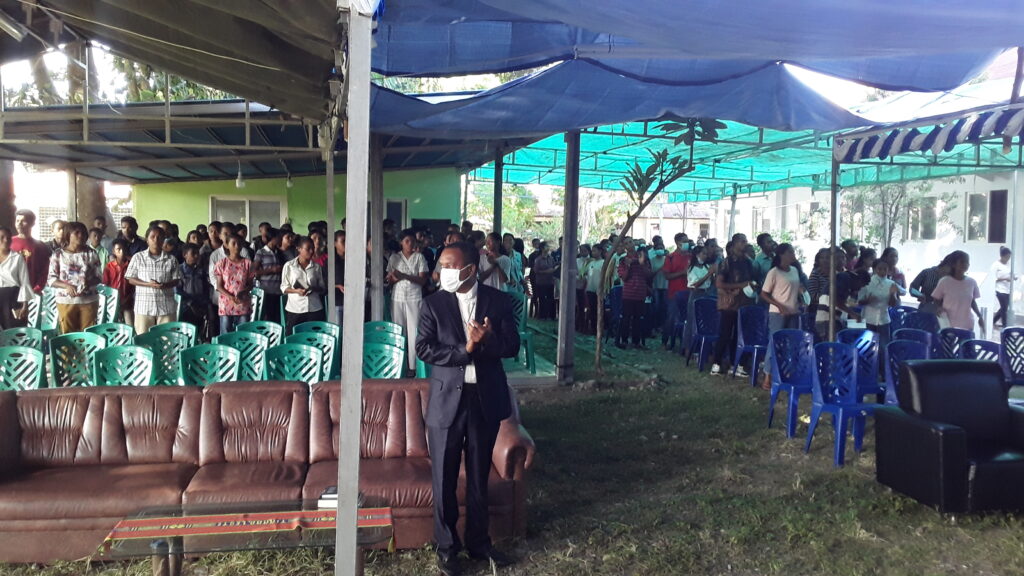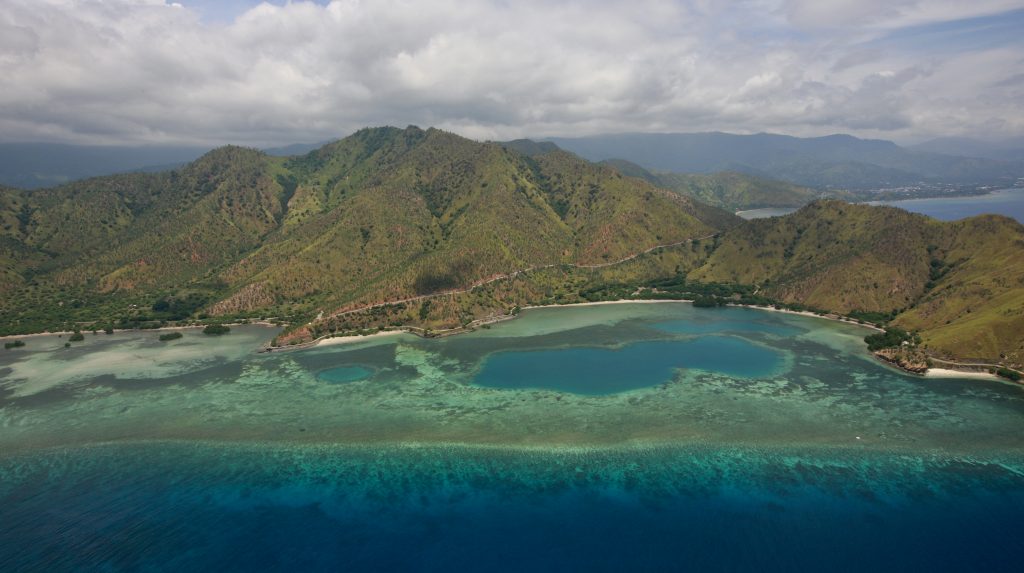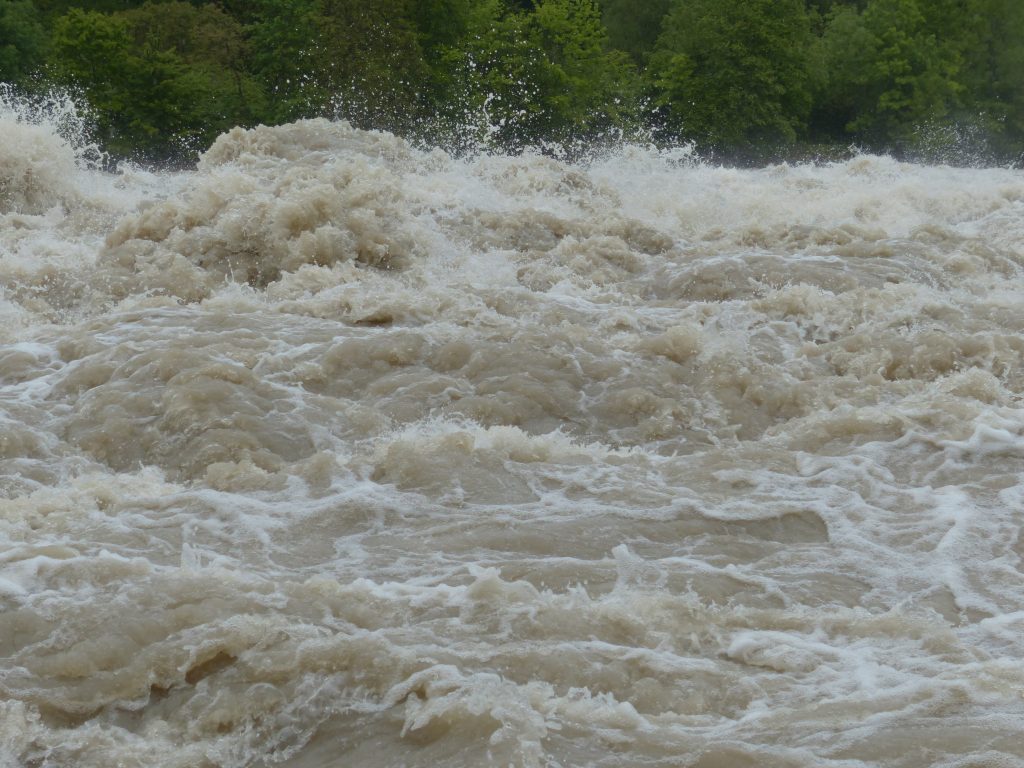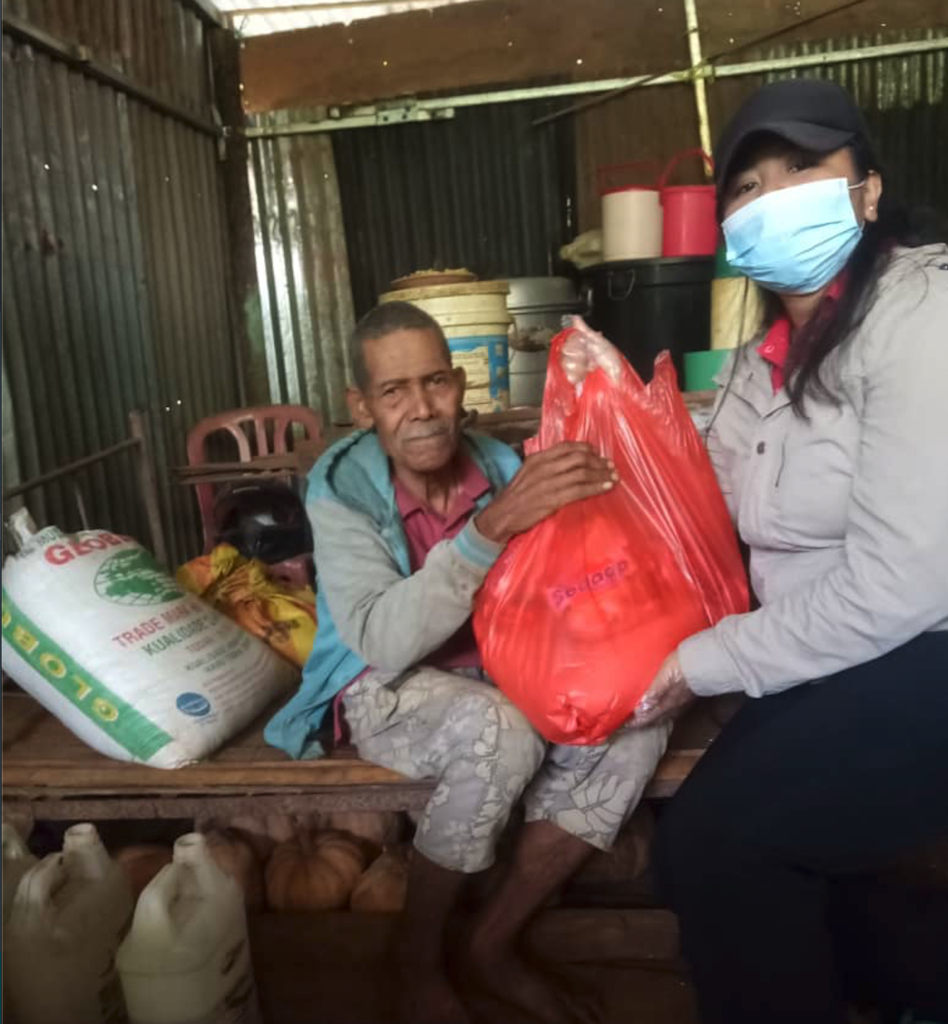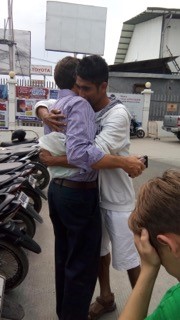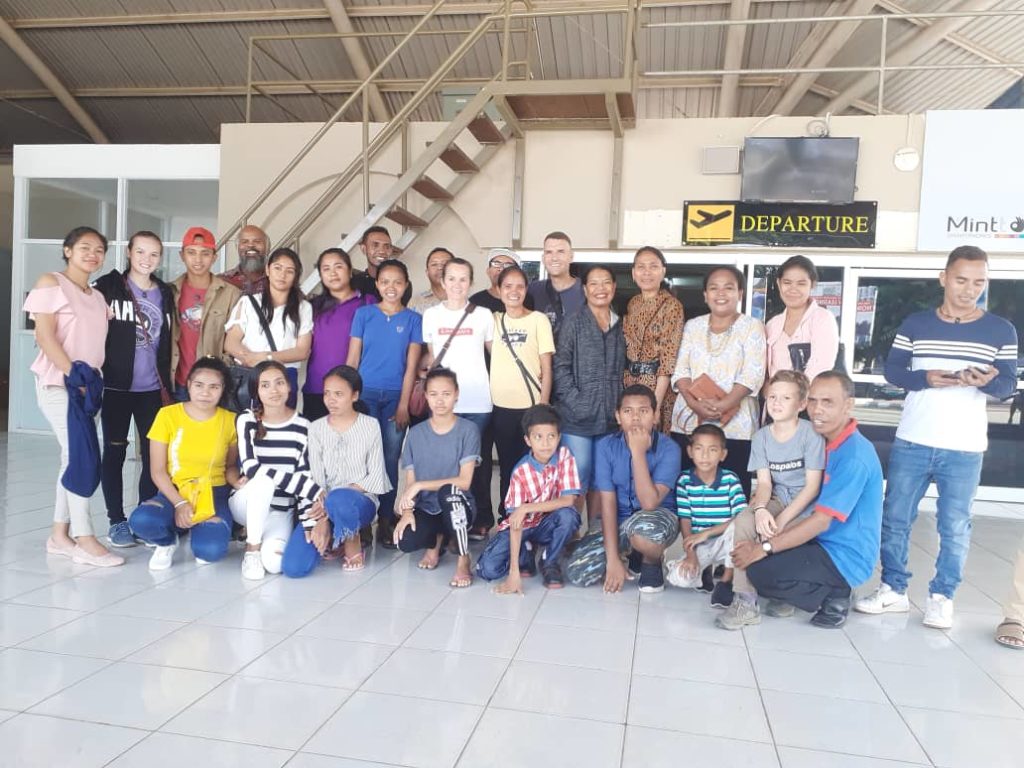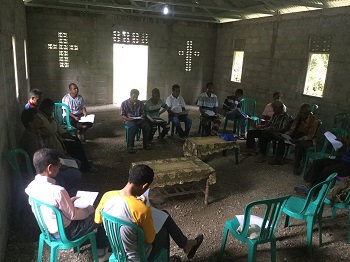East Timor is the eastern half of the Island of Timor in Eastern Indonesia. It lies north of Australia across the Timor Sea. East Timor gained its independence in 2002 after nearly 30 years of occupation by Indonesia (1972-1999) and four centuries of occupation by the Portuguese.
East Timor won its independence from Indonesia in an election in May of 1999. After interim oversight by the U.N. East Timor became a new nation in May of 2002. The years of agitation for independence and preparing for independence were fraught with conflict between local groups and between the locals and the Indonesian military. Hundreds of thousands have lost their lives. Homes and churches have been destroyed.
The population of East Timor is predominately Christian, of which 90% are Roman Catholic. Indigenous people have lived on the island for thousands of years. The population of East Timor is estimated at 911,000. Unemployment in some areas is as high as 80%. The economic disparities between those who are well off and the majority who live in abject poverty feed a restlessness that makes nation-building all the more difficult. The nation is vulnerable to the alternating disasters of monsoons and droughts.
During the sixteenth century Indonesia was colonized by the Portuguese and it remained a Portuguese colony until Portugal agreed to relinquish the colony in 1974. In 1975, Indonesia invaded East Timor to incorporate it into Indonesia. During the invasion, over 200,000 Timorese (approximately 1/3 of the population) were killed. The Indonesian occupation was not accepted by the majority of the population and another 200,000 Timorese died from violence or famine between 1975 and 1999. In 1999, 96% of the residents of East Timor voted for independence and the United Nations became the interim administration until independence in 2002. The Indonesian military went on a scorched earth rampage in response to the 1999 vote for independence. Most of the Indonesian Christian clergy were killed or driven out of Timor. Many of their churches were burned. Most of their Indonesian congregation-members were also driven out and many of their homes were destroyed. The formation of the Truth-seeking and Reconciliation Commission in 2002-03 has brought some hope for restoration of human rights, refugee Timor Lorosa’e or East Timor is the eastern half of the Island of Timor in Eastern Indonesia.
East Timor is disputing Australia’s claim to oil and natural gas deposits beneath the Timor Sea. According to commonly accepted Law of the Sea guidelines the Greater Sunrise Fields, the Laminaria-Corallina reserves and the Bayu-Undan deposits would lie entirely within East Timor’s sea boundaries. Austrailia’s claim goes back to an agreement negotiated with Indonesia in 1972. Since East Timor is a new nation and was in no way represented in that agreement they are demanding that Australia withdraw its claim. Negotiations are making slow progress. East Timor is in desperate need of this economic boost and the benefits it would bring to the local population in the form of schools and other public services. Activists are calling for a swift resolution to the issue.
Population (2014 est) – 1,201,542
Area – 9,240mi
Capital – Dili
Ethnic Background:
- Austronesian (Malayo-Polynesian)
- Papuan
- Small Chinese minority
Exports – oil, coffee, sandalwood, marble, (a potential for vanilla exports)
Imports – food, gasoline, kerosene, machinery
Life Expectancy (2014 est) – M 66 years, F 69 years
Infant Mortality (2014 est) – 38.79 deaths/1,000 live births
Adult Illiteracy Rate – 41.7%
Global Ministries Mission Co-Workers, Dr. Monica and Reverend Tom Liddle are working with the Protestant Churches of East Timor. Preview a day in the life of Mission Co-Worker, Monica Liddle:

